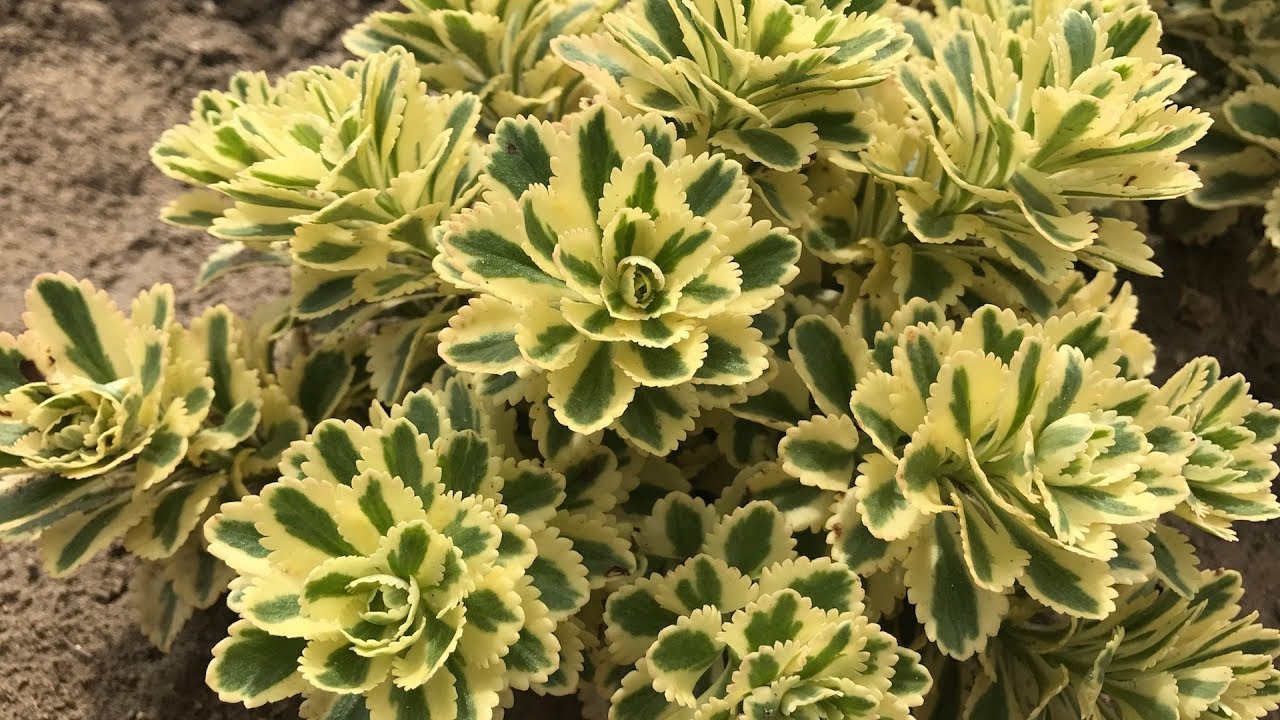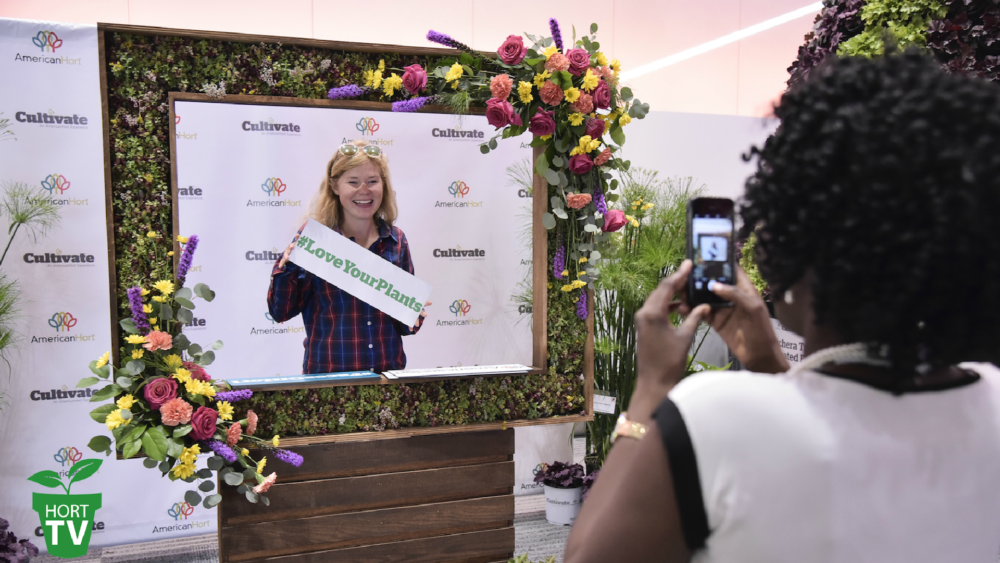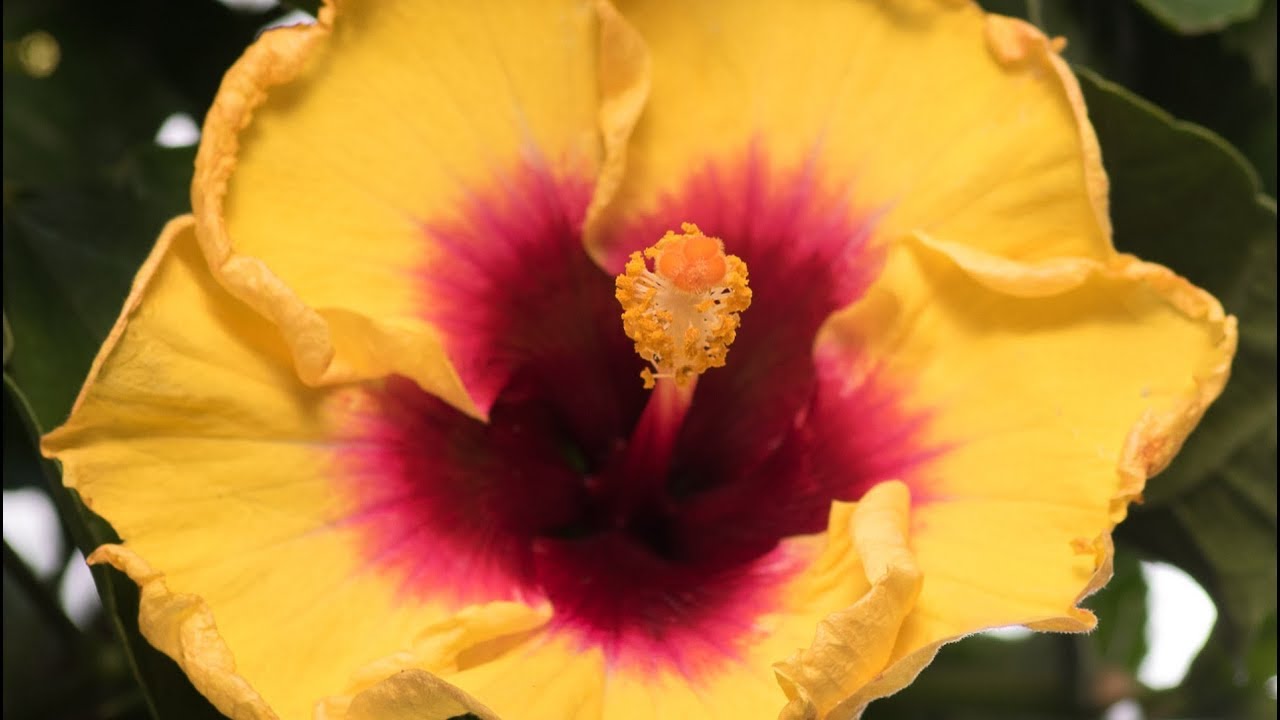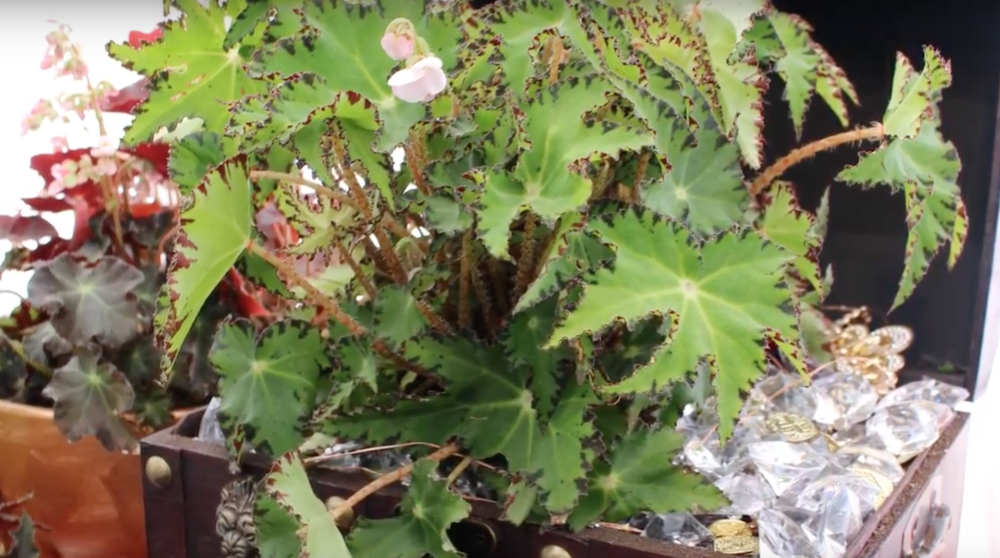
Why your revenue product mix matters
Ready to take your garden center’s profitability to new heights?
Tim Quebedeaux will be kicking off day two of The Garden Center Show in Rosemont, Illinois, on Aug. 7 with his keynote: “Want More Profit? You need to know what to measure … KPIs.” Then, join Tim later in the day for a more in-depth look at nonperishable product lines and how to ensure that their place in your garden center is a profitable one.
Find out more and register for FREE at gardencentershow.com.
I was always told in jest: You are what you eat! Having loved bacon as a kid, the joke didn’t make me laugh back then. Now, I love it. When looking at your garden centers, you can say something similar: “You are what you sell.” How do you determine what that is? Measure your revenue product mix, and it will define what you sell, thus who you are. But why does this matter so much? In one word — profitability!
So, what is revenue product mix, and how do you measure it? It is how much of each category you sell compared to your total revenues. Basically, which category do you sell the most of in your garden center?
Often you will see annuals, perennials, shrubs or trees as the defining category for a garden center. How do you measure this key performance indicator (KPI)? Simply take the revenue of a category and divide it into the total revenue for the garden center. The percentage by category will show you how much of each category you sell, and the picture of all those percentages will give you your revenue product mix.
The Origins of Your Mix
Ask any retail garden center owner how they started their business — what a great story that always is! And if you listen closely, you will find the origins of their revenue product mix. From the beginnings of the garden center, there was always one or two product lines that had the heart of the entrepreneur. Whether it was flowers, shrubs, trees or even tropicals, it all started somewhere. The business grew from that as its base, but how and why are the ones I listed all plants?
Think about what defines a retail garden center: the selling of plants and products that complement them. So, it follows that a plant category is the No. 1 defining category. That’s where the profitability starts to show up in the lifetime of the business. Plant or perishable categories have a higher propensity for profit. They have a forced efficiency seen in the limited shelf life that lends to higher turns and gross margin return on inventory investment (GMROII) — two KPI terms that were probably never thought of years ago when the business started! Because of this innate property of perishables, it was easy to get into business and stay in business.
Why does this matter to you today?
Because as the garden center grew, the chase for more revenues led to more complementary product lines. These lines tended to be nonperishable; categories such as chemicals, fertilizers, tools, outdoor décor, gifts, mulch, soil and pottery. All these categories helped revenues climb, until … they didn’t. Once revenues started leveling out in a business, then problems started to arise. Higher percentages of these nonperishable categories compared to the perishables started to affect the profitability of the garden centers.
The fact that these nonperishables have a longer shelf life in contrast to perishable products led to garden centers stocking them in such a way as to realize this extended shelf life. Simply saying, they could keep these products longer than the perishable products, so they did! And this was to the detriment of their profitability.
Nonperishable Products and Profitability
The problem is profitability of perishable products carry the garden center’s bottom line despite the lesser profitability tendency of nonperishables. Part of being a profitable retailer is to bring in inventory, and — within the shortest time frame — you then sell the product with a margin high enough to pay your bills and have profit left to pay taxes and keep business, well, in business!
Perishable products such as annuals, perennials, shrubs, trees and tropicals all lead to shorter shelf life and higher inventory “turns.” Inventory turns are one of the KPIs I measure with my clients to grade them on their inventory performance. It is measured by calculating your annual cost of goods sold (COGS) and dividing it by your average inventory.
Most of the time, a larger amount of average inventory will slow a garden center’s inventory turns. When comparing perishable versus nonperishable products, you will typically see a larger amount of average inventory compared to COGS for nonperishable products.
At the end of the day, the carrying cost of the nonperishable inventory negatively affects the garden center profitability. Can you be profitable and sell more nonperishable product lines? YES! But you cannot treat nonperishables different than perishables.
All of your inventory should be treated the same as your garden center — seasonal. The ebb and flow of our seasonal business should extend all the way down to inventory levels as well, for both perishable and nonperishable inventory. Is it easy? No! It goes against what a lot of us learned growing up in retail: You cannot sell what you don’t have. But you will pay for what you don’t sell. That lesson is what we are all trying to learn. The recession from 2008 to 2013 caused a lot of garden centers to go out of business because all of their cash flow was tied up in the cost of inventory that was not turning, leading to less margin dollars to pay expenses.
So, who are you as a garden center? What Is your product mix? Is it a profitable mix?
Numbers Matter
The Garden Center Group measures their revenue product mix in their Annual P&L Study (with reports from more than 85 garden centers throughout the country). In 2022, we see The Garden Center Group is annuals (15%), shrubs (15%), perennials (10.9%), landscape non-plant (9.2%) and trees (8.9%).
Perishables are more profitable because of their forced efficiency. Nonperishables belong in a garden center, not as a weight to profitability but as a complement to your perishable products. Nowhere does it say they should be less profitable. They tend to act against your profitability because of their innate property of a longer shelf life.
In The Garden Center Group Annual P&L Study, the “Best of the Best” group with 20% profitability, shows a 76% to 24% perishable to nonperishable mix, while the total group at 10.4% profitability shows a 66% to 34% mix. Both are above the profitability goal of 10%, but at twice the profitability, the Best of the Best group is maximizing their revenue product mix to generate more margin dollars, pay more bills and have more profit on the bottom line.
How do you do this at your garden center? Measure your KPIs! Know where your revenue product mix stands, then start measuring more of your KPIs, such as inventory turns and GMROII. Once you can measure, you can begin to target your time to becoming more profitable in all categories, perishable and nonperishable.
For an enhanced reading experience, view this article in our digital edition.

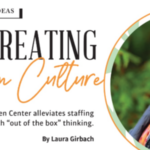
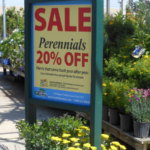
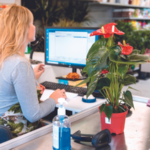


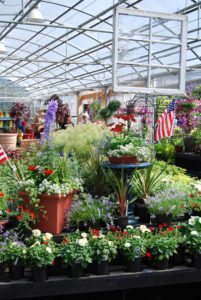

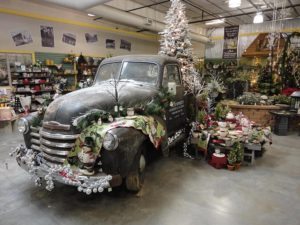
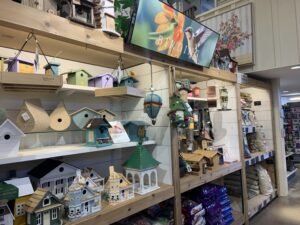
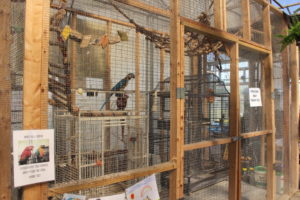
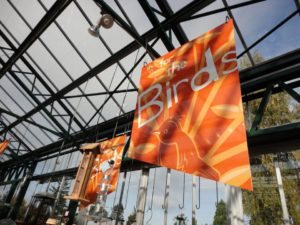
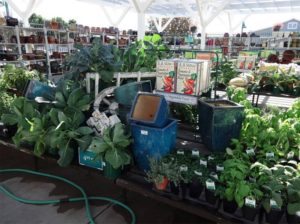
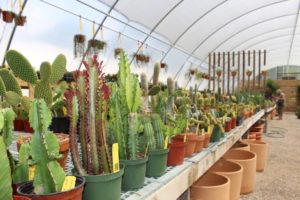
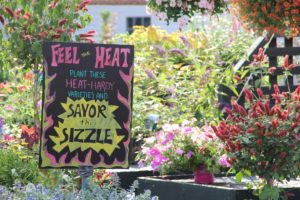

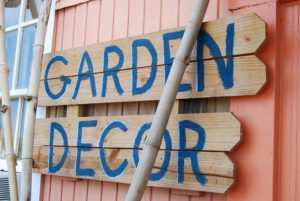

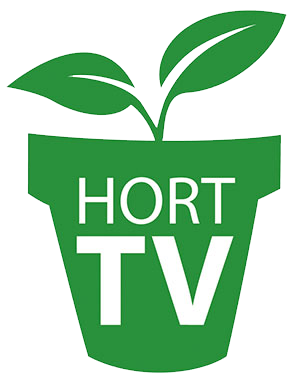 Videos
Videos